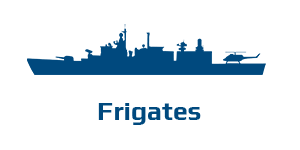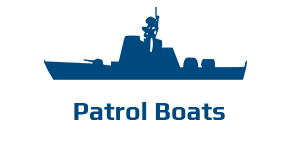HS POSEIDON (S-116)

Crest
The ship’s crest presents a figure from the Hellenic mythology, POSEIDON. Poseidon was one of the Twelve Olympians, God of the sea, storms, earthquakes and horses. He also had the cult title "earth shaker". With a strike of his trident, he created springs. Poseidon was the protector of seafarers, and of many Hellenic cities and colonies. Homer and Hesiod suggest that Poseidon became Lord of the Sea following the defeat of his father Cronus, the world was divided by lot among his three sons; Zeus was given the sky, Hades the underworld, and Poseidon the sea, with the Earth and Mount Olympus belonging to all three.
Technical Characteristics
History
The first submarine was Y-16 (later changed pennant number to S-78), a Gato class submarine (ex-USS LAPON SS 260) built by Electric Boat Company (Groton, CT). USS LAPON survived the war in the Pasific and on 8 Aug 1957 was transferred to the Hellenic Navy, where she was named Poseidon. She served with the Hellenic Navy until 11 April 1975 when she was decommissioned.
HS POSEIDON (S-117) is the first of the four Type 209/1200, ordered from the Hellenic Government to the Howaldtswerke Deutsche Werft (HDW) shipbuilding company. She was lain down in Kiel on 21 March 1978 and delivered officially to the Hellenic Navy on 21 March 1979. She arrived in Salamis Naval Base on 17 May 1979 and since then is serving continuously with the Hellenic Fleet.


















